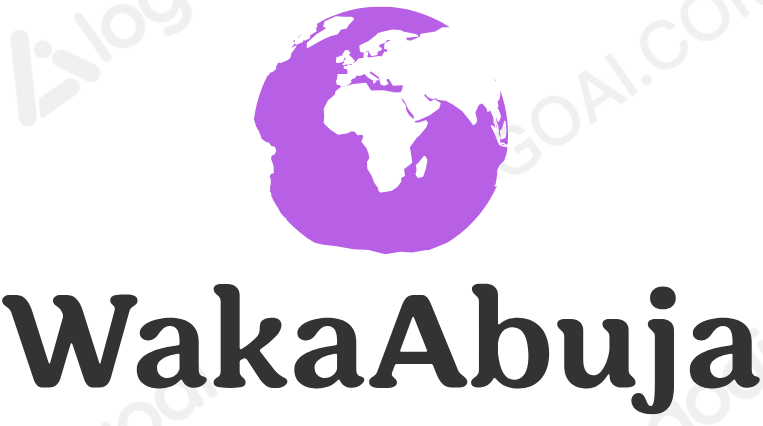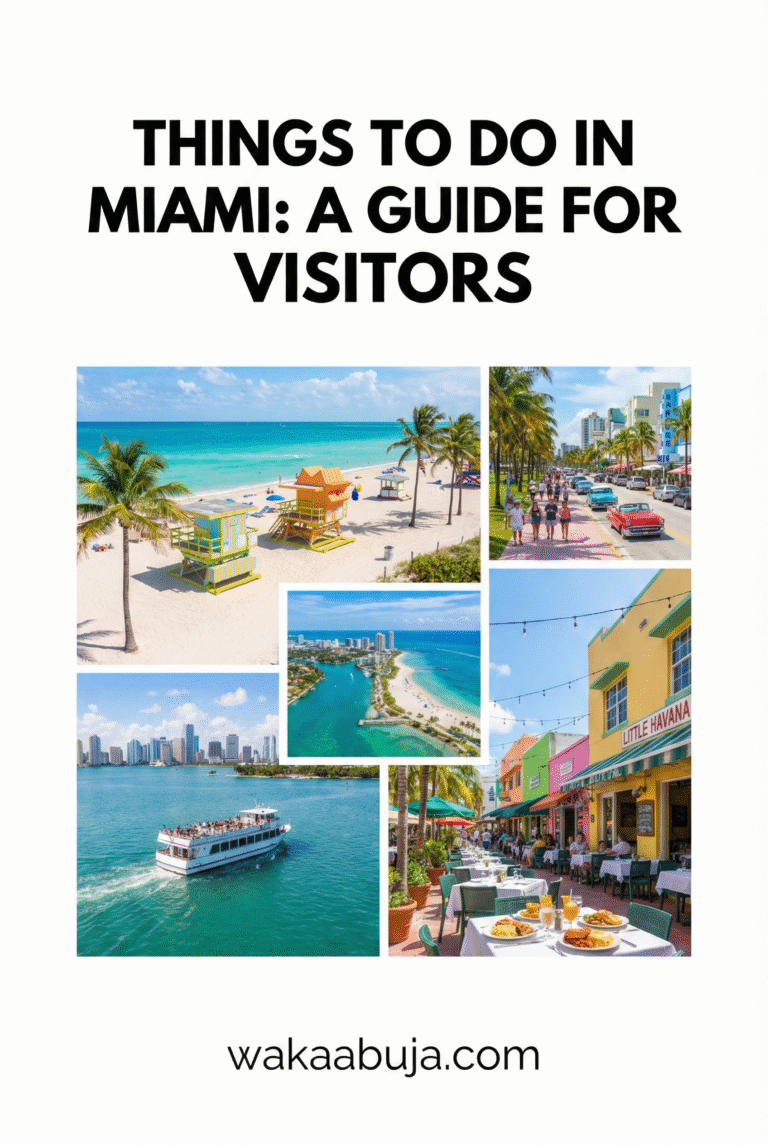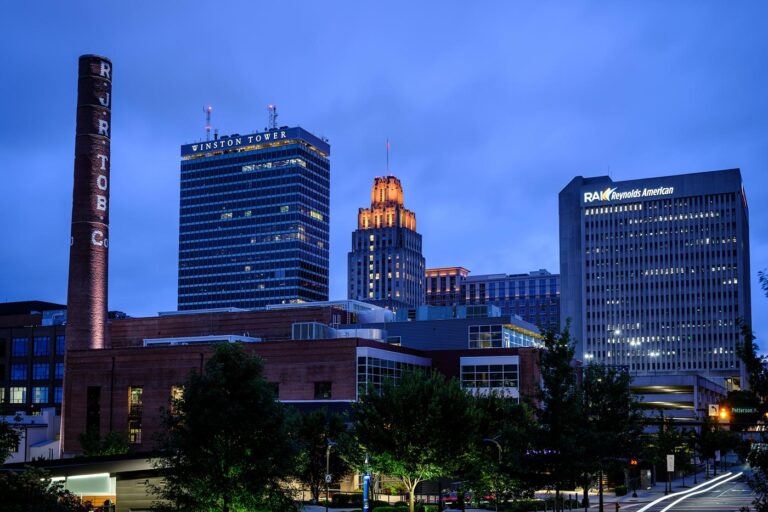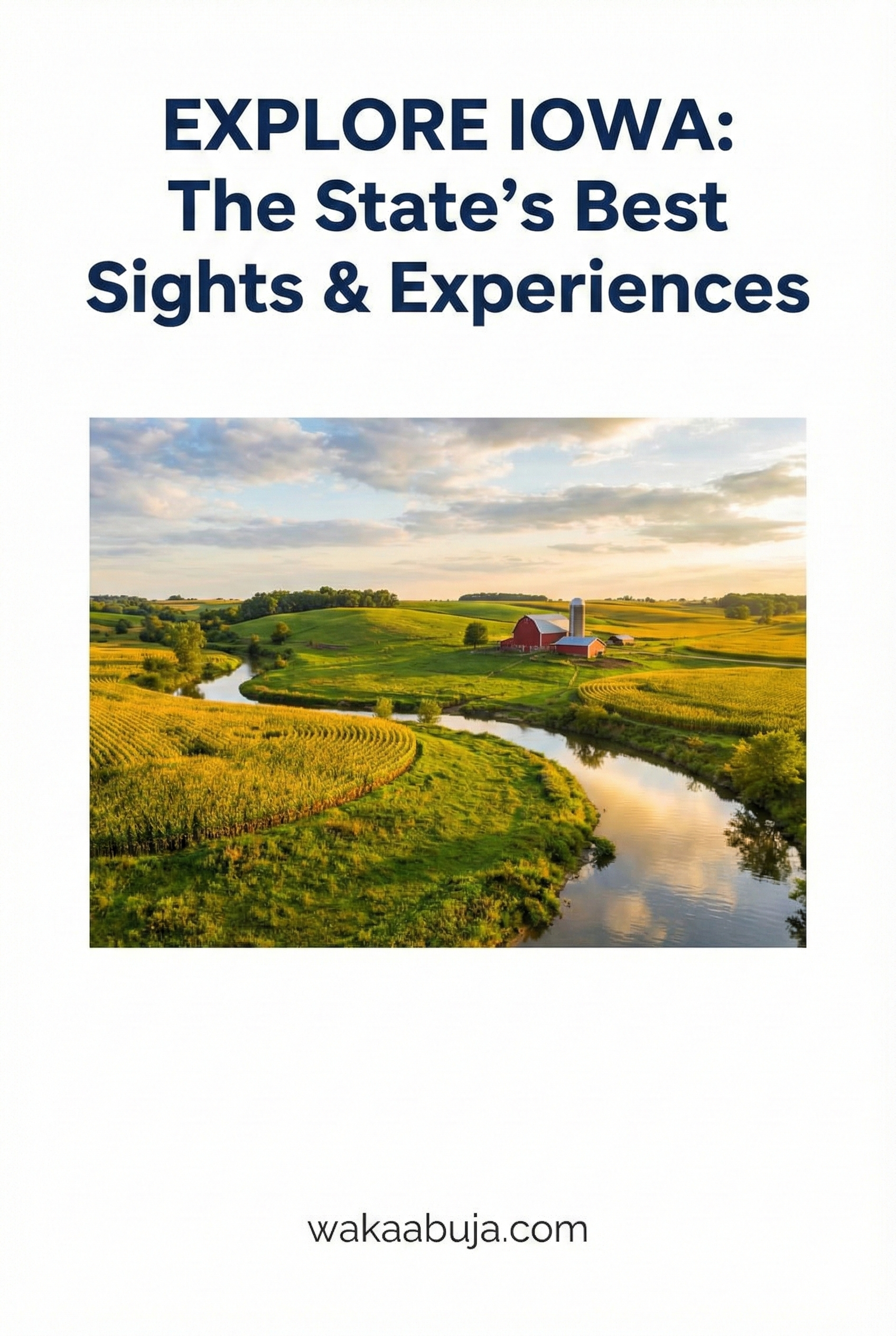TL;DR – Quick Insights for Your Cologne Trip
- Cologne’s crown jewel is the UNESCO-listed Cologne Cathedral (Kölner Dom)—climb the tower early for panoramic city views.
- Explore the Altstadt (Old Town) for authentic German pubs serving Kölsch beer and charming cobblestone streets.
- Don’t miss the Hohenzollern Bridge with its famous love locks and stunning Rhine River views.
- Visit cultural gems like the Chocolate Museum, Museum Ludwig, and the Roman-Germanic Museum.
- Stay centrally for easy walking access; budget around €70–€120 per day for mid-range travel, including meals and transport.
- Use Cologne’s efficient public transport system (trams, buses, trains), or rent a bike for easy city navigation.
- Best time to visit: late spring to early autumn for pleasant weather and outdoor activities.
- Emergency contacts: Dial 112 for emergencies and local police at 110.
Exploring Cologne’s Iconic Landmarks
When I first set foot in Cologne, the Cologne Cathedral (Kölner Dom) immediately captivated me. This Gothic masterpiece, towering at 157 meters, took over six centuries to complete and remains the city’s defining silhouette. I highly recommend starting your day here—arrive early to beat the crowds and consider climbing the 533 steps to the south tower for breathtaking panoramic views of the Rhine and the cityscape. It’s a challenging climb but absolutely worth every step (€5 entrance for the tower climb).
Just a short walk away, the Hohenzollern Bridge offers an unforgettable experience. Couples from around the world attach thousands of love locks to its railings, creating a romantic mosaic against the backdrop of the flowing Rhine. I enjoyed a peaceful sunset stroll here, watching the city lights flicker on—a perfect photo opportunity and a moment to savor Cologne’s charm.
For a taste of authentic Cologne life, wander through the Altstadt (Old Town). The cobbled streets, historic buildings, and inviting Brauhäuser (breweries) serve up the local Kölsch beer in small “Stangen” glasses. A local tip: keep your glass full by signaling the waiter with a coaster when you’re done.
Cultural Experiences and Museums You Can’t Miss
Cologne’s cultural scene is rich and varied. The Chocolate Museum is a personal favorite. Housed in a striking glass building on the Rhine, it offers a delightful journey through chocolate-making history. Don’t miss the impressive three-meter chocolate fountain and the tropical greenhouse with real cacao trees. The museum café’s hot chocolate paired with Black Forest cake is a guilty pleasure I indulged in more than once.
Art lovers should head to Museum Ludwig, home to Europe’s largest collection of Pop Art, including iconic works by Andy Warhol and Picasso. The natural light-filled galleries create an inspiring atmosphere to appreciate modern and contemporary art.
History buffs will appreciate the Römisch-Germanisches Museum, showcasing Cologne’s Roman roots with fascinating artifacts like the Dionysus mosaic. Although the main building is under renovation, the temporary exhibitions still offer a deep dive into the city’s ancient past.
For a sobering yet essential visit, the NS Documentation Center (EL-DE Haus) reveals the harsh realities of Nazi-era Cologne. The preserved prison cells and poignant exhibits provide a powerful reminder of history.
Lastly, the Duftmuseum im Farina-Haus celebrates Cologne’s legacy as the birthplace of eau de cologne. I took a guided tour here and left with a newfound appreciation for perfumery—and a bottle of the original fragrance as a keepsake.
Where to Stay: Neighborhoods and Accommodation Tips
Altstadt (Old Town)
Perfect for first-timers wanting to be close to landmarks like the cathedral and Rhine promenade. Expect charming historic hotels and boutique guesthouses.
Belgisches Viertel (Belgian Quarter)
A trendy area with vibrant nightlife, cafes, and art galleries. Ideal for younger travelers and those seeking a lively atmosphere.
Deutz
Located across the Rhine, offering modern hotels and easy access to the trade fair grounds. Great for business travelers and quieter stays.
Budget-wise, I found hostels and budget hotels starting around €30–€50 per night, while mid-range hotels typically range from €70 to €120. Booking early, especially during Cologne Carnival or trade fairs, is crucial to secure the best rates.
Getting Around Cologne: Transport Options and Tips
Cologne’s public transportation network is efficient and user-friendly. The city is served by trams, buses, and regional trains operated by the KVB. I recommend purchasing a day pass (€8.80 for adults) for unlimited travel within the city zones—it’s economical and convenient.
For shorter distances, renting a bike is a fantastic way to explore at your own pace. The Rhine promenade and parks are especially bike-friendly. Walking is also very pleasant in the compact city center.
If you’re arriving from other German cities or neighboring countries, Cologne’s central train station (Köln Hauptbahnhof) connects you seamlessly via high-speed ICE trains. The Cologne Bonn Airport (CGN) is about 15 minutes by train from the city center.
When to Visit and How Long to Stay
The best time to visit Cologne is from late spring (May) through early autumn (September/October), when the weather is mild and outdoor festivals abound. The famous Cologne Carnival in February/March is a vibrant, colorful experience, but expect larger crowds and higher prices.
For a thorough experience, plan to stay at least 3 full days. This allows time to explore the cathedral, museums, Old Town, Rhine River cruises, and some day trips to nearby towns like Bonn or Düsseldorf.
Money-Saving Tips and Budget Suggestions
Suggested Daily Budget
€70–€120 covers accommodation, meals, transport, and entry fees for most travelers.
Money-Saving Strategies
- Buy a KölnCard for discounts on museums, tours, and public transport.
- Eat at local Imbiss stands or traditional pubs for affordable, authentic meals.
- Visit museums on free or reduced admission days.
- Book accommodations well in advance, especially around events.
Tours and Day Trips from Cologne
Guided tours enrich your experience, whether it’s a walking tour of the Old Town, a Rhine River cruise, or a chocolate tasting tour. I found that booking a combined cathedral and city highlights tour gave me great context and saved time.
Popular day trips include:
- Bonn: Former capital with museums and Beethoven heritage.
- Düsseldorf: Fashion and arts hub, just 30 minutes by train.
- Phantasialand: A top amusement park for families, 45 minutes away.
Staying Safe in Cologne: Essential Tips
Cologne is generally safe for tourists, but like any major city, stay alert in crowded areas and watch your belongings. Avoid poorly lit streets at night and use official taxis or ride-sharing apps.
Emergency contacts:
- Emergency Services (Police, Fire, Ambulance): 112
- Police (non-emergency): 110
- Tourist Information: +49 221 221-0 (Cologne Tourist Board)
How to Get There and Around the Area
Cologne is well connected by air, rail, and road. The Cologne Bonn Airport (CGN) handles domestic and international flights. From the airport, the S-Bahn train line S13 or S19 takes about 15 minutes to the city center.
The central train station, Köln Hauptbahnhof, links Cologne to major German cities and neighboring countries via high-speed trains. If driving, the city is accessible via the A3, A4, and A57 highways.
Once in Cologne, public transport and walking are the best ways to explore. For trips beyond the city, regional trains and buses serve the Rhine-Ruhr metropolitan area efficiently.
Frequently Asked Questions About Cologne Travel
What is the best time of year to visit Cologne?
Late spring to early autumn (May to September) offers pleasant weather and lively outdoor events. The Cologne Carnival in February/March is vibrant but crowded.
How many days should I spend in Cologne?
A minimum of 3 full days is ideal to explore major sights and museums and enjoy river cruises or day trips.
Is Cologne safe for solo travelers?
Yes, Cologne is generally safe. Stay vigilant in crowded areas and avoid poorly lit places at night. Use official transport options.
What local food and drink should I try?
Try the local Kölsch beer served in small glasses, traditional German sausages, and dishes like Himmel un Ääd (black pudding with apple sauce).
How do I get from Cologne Airport to the city center?
Take the S-Bahn lines S13 or S19 from Cologne Bonn Airport; the ride to Köln Hauptbahnhof takes about 15 minutes.
Final Travel Tip
Immerse yourself fully in Cologne’s unique blend of history, culture, and modern vibrancy. Whether climbing the cathedral tower, savoring a Kölsch in a cozy pub, or exploring world-class museums, take your time to absorb the city’s spirit. Planning ahead and booking key experiences early will ensure a smooth and unforgettable trip.




